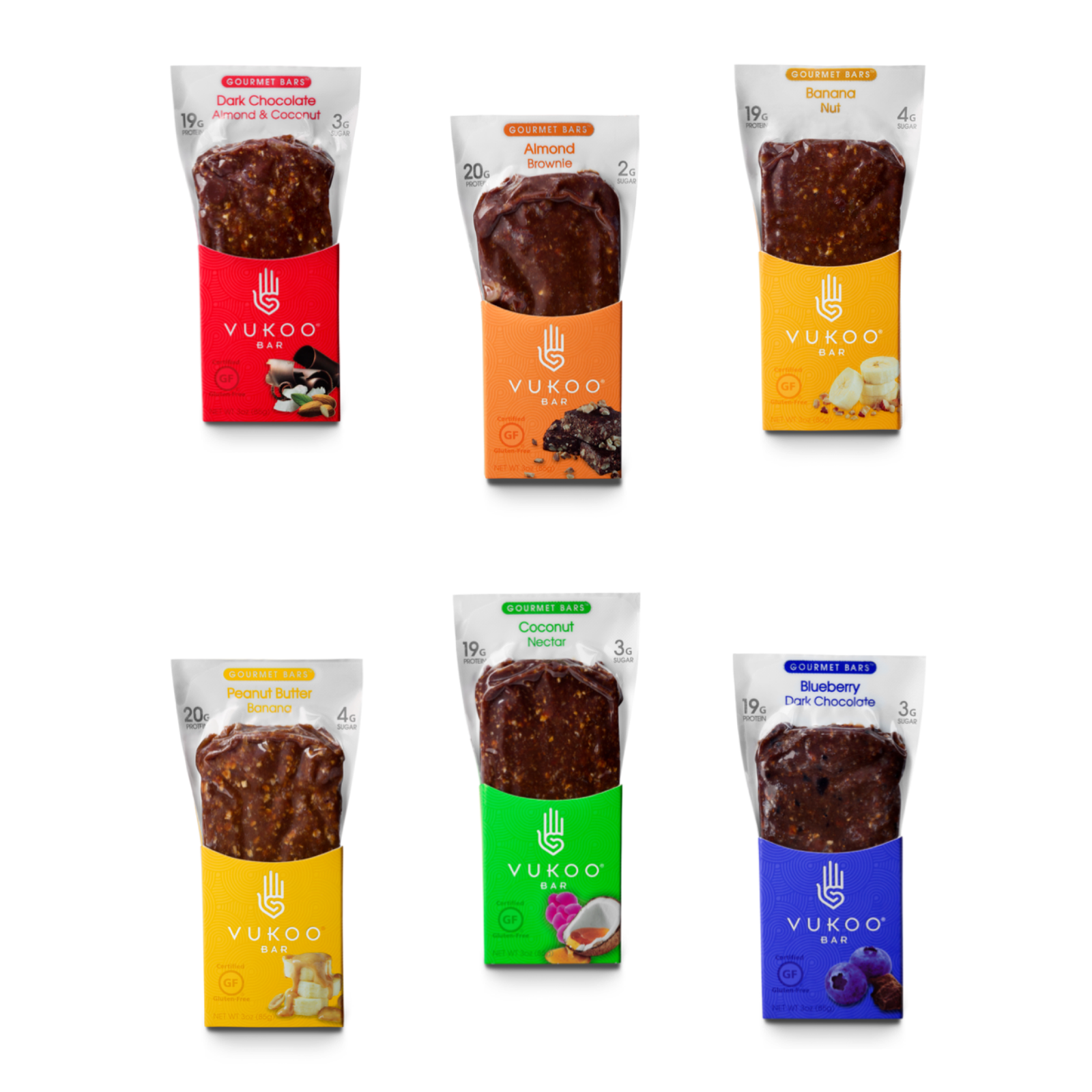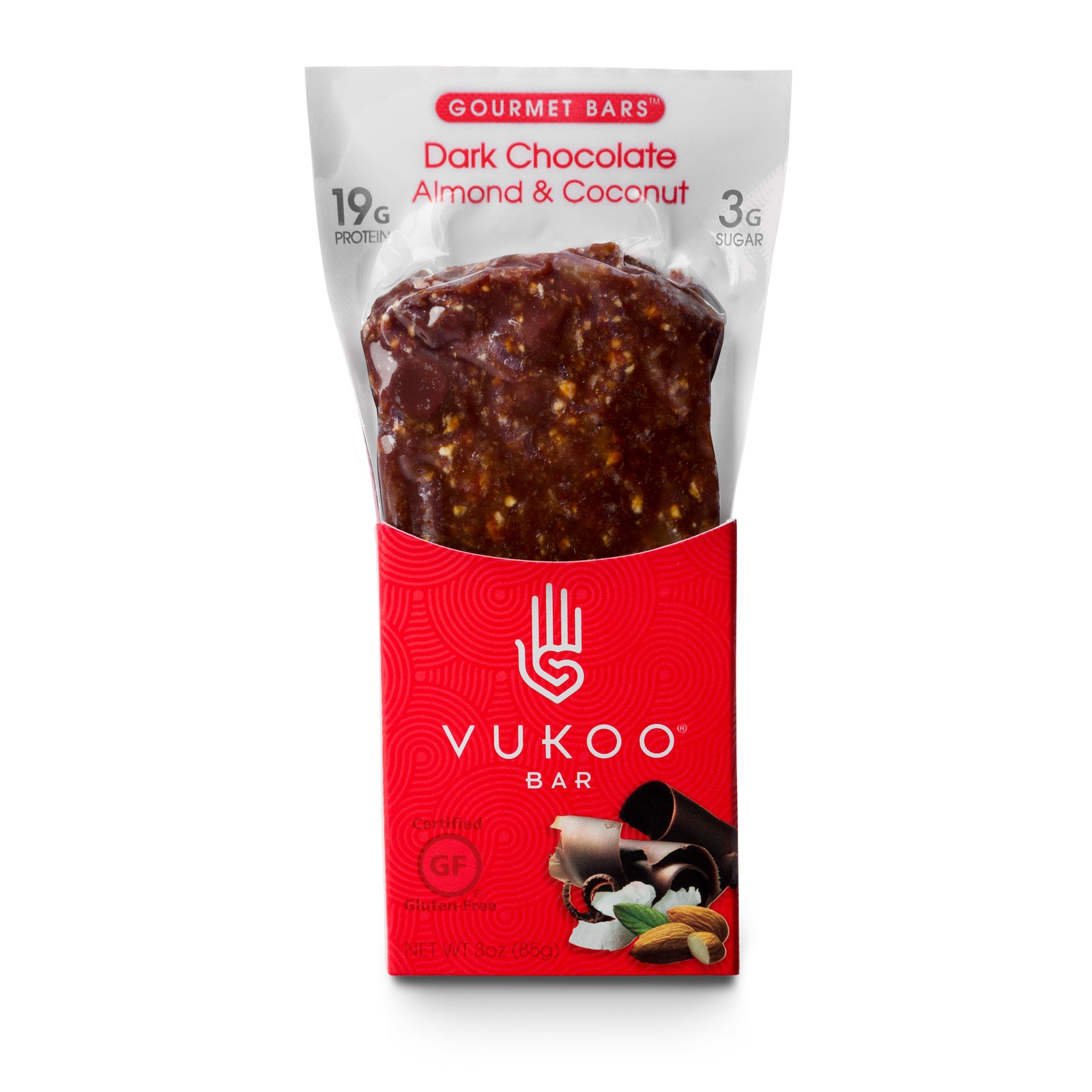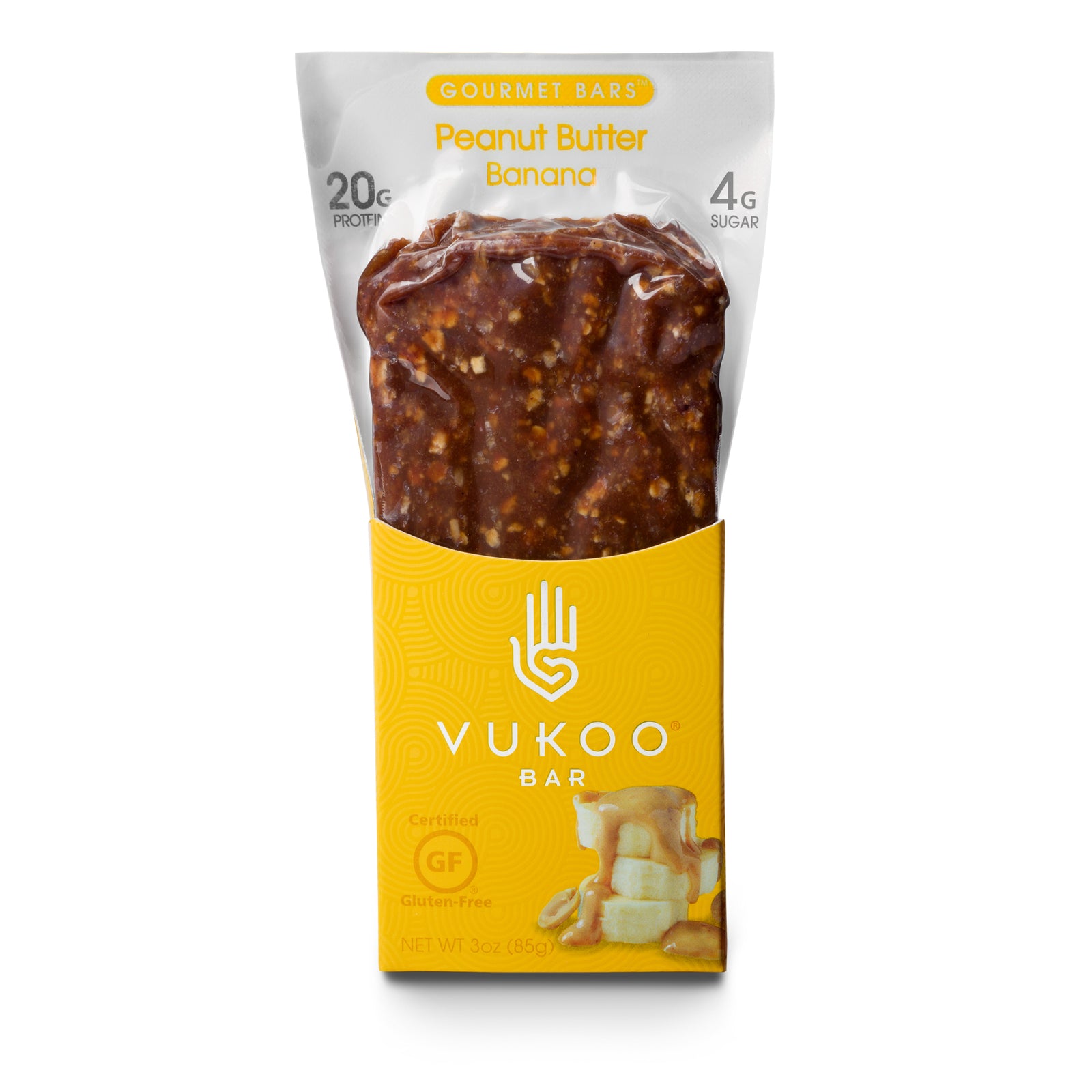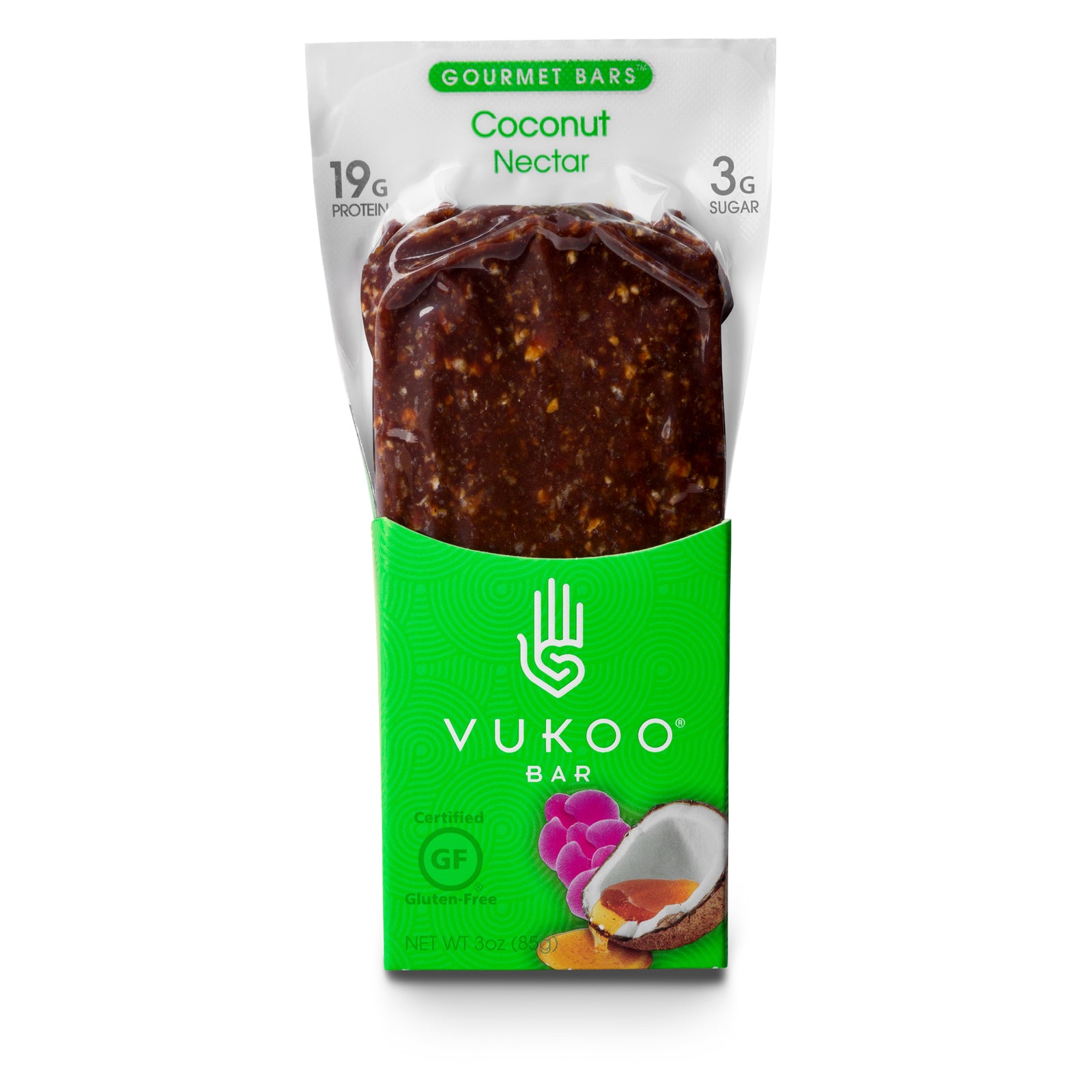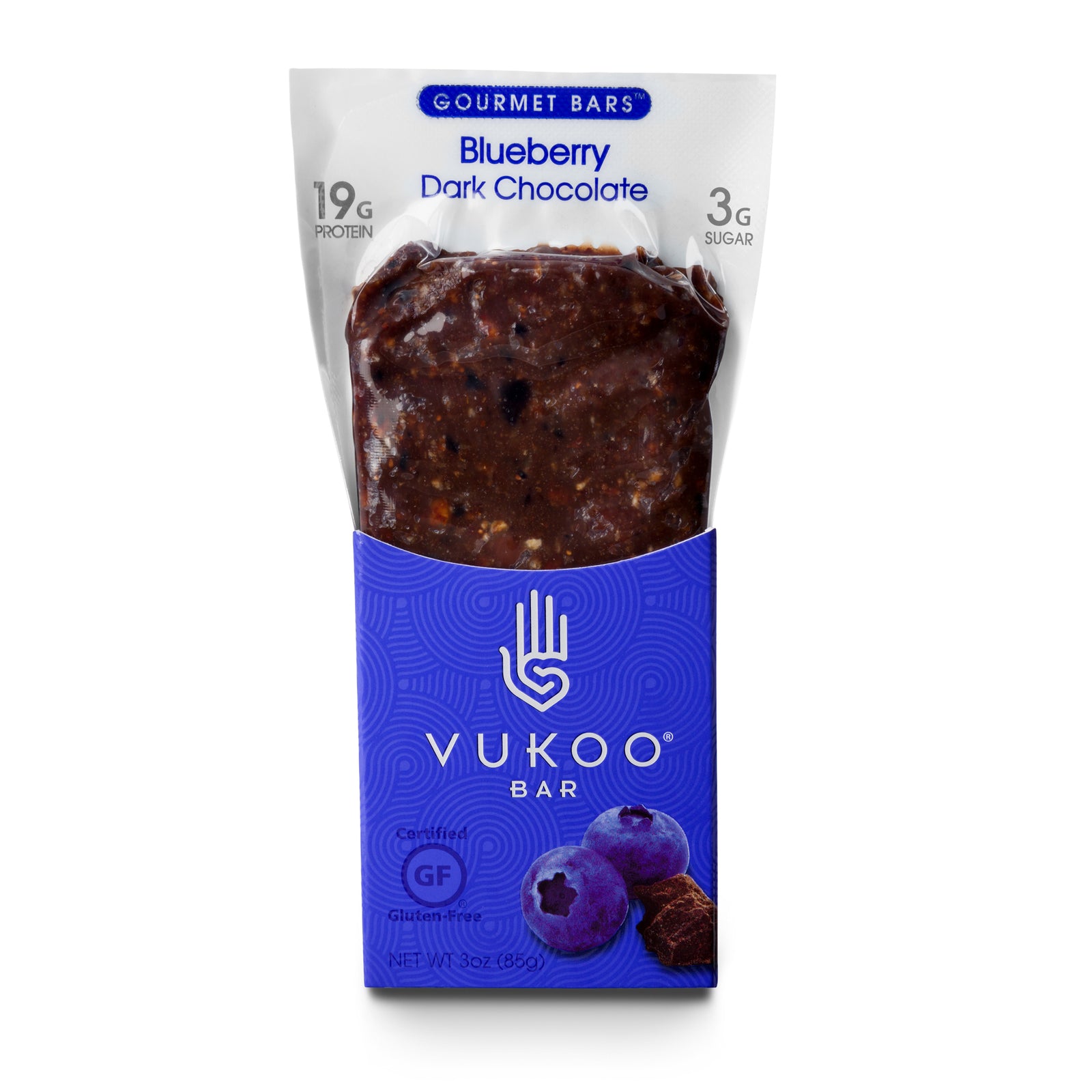Eat less + exercise more = more results, more quickly; yes? Actually, no.
The eat less, exercise more model of dieting is old school. It may have worked for you in the past, but that was then and this is now. And, we know more now than we did then. So, why not begin implementing that knowledge to finally achieve that which we desire?
Because in terms of sustainable fat loss, it’s about eating more of the right things more often, not less. Let nutrition be the gross control; exercise the fine control – a tool we can use to shape the body. We cannot out train consistently poor nutrition. Period. Bottom line. And even if we can for a period, doesn’t mean that we should. Because if we cannot sustain it we cannot expect sustainable results to match.
Today, I’m going to lay out for you an argument for eating more. Then, I’ll briefly touch on the topic of carbs, and hopefully help alleviate any lingering fears about this important macronutrient. Before we’re through, my hope is that you have a working understanding of why the eat less, exercise more approach is not the smartest approach and why it could keep you struggling for longer.

As always, take what’s useful and leave what’s not. The perfect plan is one that you can actually do, effortlessly and with results… foreveri.e. a sustainable lifestyle. To find what this means for you requires detective work on your part; trial and error, monitoring and adjusting as you go according to biofeedback signals that include things like cravings, hunger, energy; also mood, stress, sleep, skin, digestion and performance. Easy is earned - there’s no way around it. And, in my experience, the people who are most successful in achieving both the results and lifestyle that they desire are the ones who are most patient in this process.
Without further adieu – why you should eat more,not less:
Frequent mini meals(assuming the right foods), or what some of us refer to as “preemptive eating,” function to stabilize blood sugar (and energy), prevent ravenous hunger and insatiable cravings that can lead to overeating and/or binges later; also burn fat.
Let’s break this down.
First, what’s the big deal about stabilizing blood sugar? Balanced blood sugar means balanced (read: sustained) energy and we need energy to get through our days. Further, blood sugar spikes, often from intakes of high sugar and/or high [unhealthy] fat foods (which are often fried, or paired with carbs – this carb and fat combination is an atomic bomb for fat storage and generally, something we want to avoid) are associated with insulin spikes, which can promote fat storage.
Next, it’s important to understand that the extent to which we deprive now is directly related to the extent to which we binge or overindulge later. Have you ever let yourself get so hungry in between meals that you want to eat/drink everything in sight when food becomes available? In these moments, we’re relying entirely on willpower, which IS exhaustible, instead of preparedness (i.e. preemptive eating) to resist temptation. Preemptive eating, or eating every 2-3-ish hours is a better line of defense.
If the biofeedback signals I mentioned above are balanced, and you’re getting/maintaining results, change nothing. However, if these things are not balanced, and you’re not getting results, it’s an indication that your hormones are not balanced. This is important because hormones dictate how our calories are partitioned (i.e. whether they go toward fat storage or muscle repair/growth). And if hormones are balanced, the calories naturally take care of themselves.
If this latter scenario describes you, and your biofeedback signals are not balanced, I recommend making nutritional adjustments in this order: first increase protein, then fiber (non-starchy veggies), water, healthy fats and carbohydrates, according to timing, type and amount per your metabolic tendencies and unique to you carb tipping point – more on this in a sec.
This nutritional approach creates a hormonal environment that promotes the burning, not storing of fat. And while the approach is different than what many people are used to, different is not bad; just different.
Okay. Let’s talk about CARBS. I’m going to keep it high level – if you’re interested in the science behind hormones, carbs and fat loss, I talk more about this here.
First, not all are created equal. We need carbs for energy, yes, but timing, type and amount are key. Like with anything, too much of a good thing is still too much and excess carb can be turned into fat. But, please don’t fear them. Instead, choose carbs from real, whole food sources and/or real foodconvenience options over added sugars and shelf-stable manufactured…. crap.
Excuse my language, but I think you know what I’m talking about - the highly processed, packaged goods with lengthy, tough-to-pronounce ingredient lists that look, maybe even taste good, but are loaded with additives, chemicals and preservatives; really toxins (e.g. artificial colors and sweeteners, emulsifiers) that our bodies don’t need and often, can’t metabolize (because we don’t have the enzymes to break them down – scary, right?).
Great real food sources of carbohydrate? Examples include, but are not limited to oats, sweet potatoes, plantains, quinoa and low sweet fruits like apples or pears, citrus and berries. Honey, while high in sugar (carb), is a healthy (and delicious!) all natural sweetener used in all Vukoo bars. Enjoy it, in moderation, no prob.
All Vukoo bars are loaded with great carbs, primarily in the form of oats, which also pack a hefty dose of both fiber and protein – as we’ve discussed before, these things are blood sugar stabilizers and function to keep energy balanced, reduce hunger and cravings; even burn fat.
As a general rule of thumb, the whiter the carb, the less of it we should be eating (e.g. chips, cookies, cake, bread and pasta). Does not mean that we can’t eat these things (because really, we can *choose* to have anything we want, anytime), but it is important to stay mindful around them and practice moderation aka portion control.
In terms of carbohydrate timing, the post-workout window is generally a great time to enjoy your carbs. Why? Additional calories and/or carbohydrates consumed in this window are less likely to go toward fat storage and instead, toward muscle repair and growth. On-the-go post-workout? We’ve gotcha covered! These are my fave.
In terms of recommended daily amount, carb requirements differ by individualaccording to activity level, metabolism and goals so it is something that I’m not going to delve into much here. If you have no clue where to start, I general reco beginning with a ½ cup serving.From there, we can monitor biofeedback signals and fat loss results, then adjust higher/lower accordingly.
Beyond that, some people do best with carb backloading (i.e. carbs end of day); others prefer to keep carbs earlier in the day. What works best for you depends on… YOU! Again, if you want to chat more of the science deets, come say ‘hey’!
To recap:
- Practice preemptive eating – eating before you are hungry, or every ~2-3 hours
- Choose carbs from real, whole food sources and/or real food convenience options
Which do you prefer? Larger, less frequent meals OR smaller, more frequent “mini-meals?” Fave source of carbohydrate? Let us know on ourFacebook page, or snap a pic and tag us onInstagram @vukoobar. We love hearing from you!
"An Argument for Eating More & Why Too Little of This Macronutrient Could Be Working Against You"; by Vukoo®


